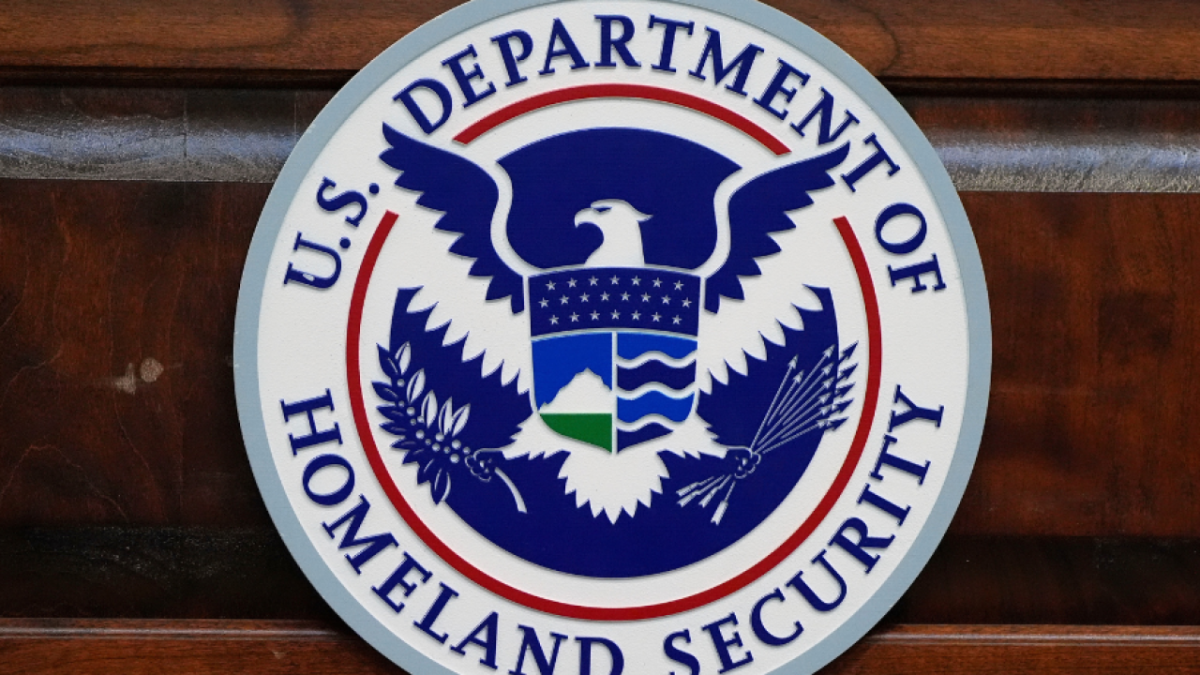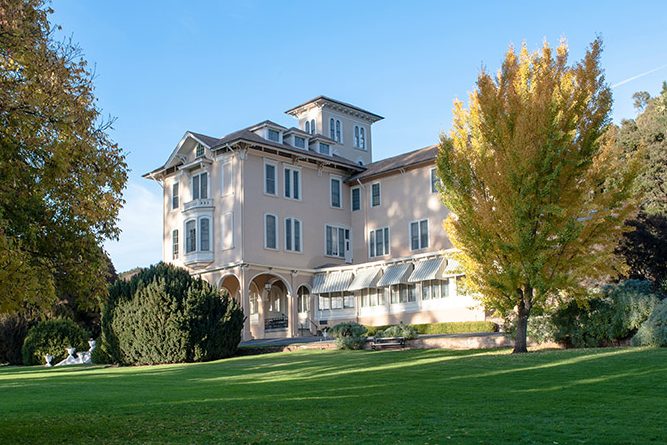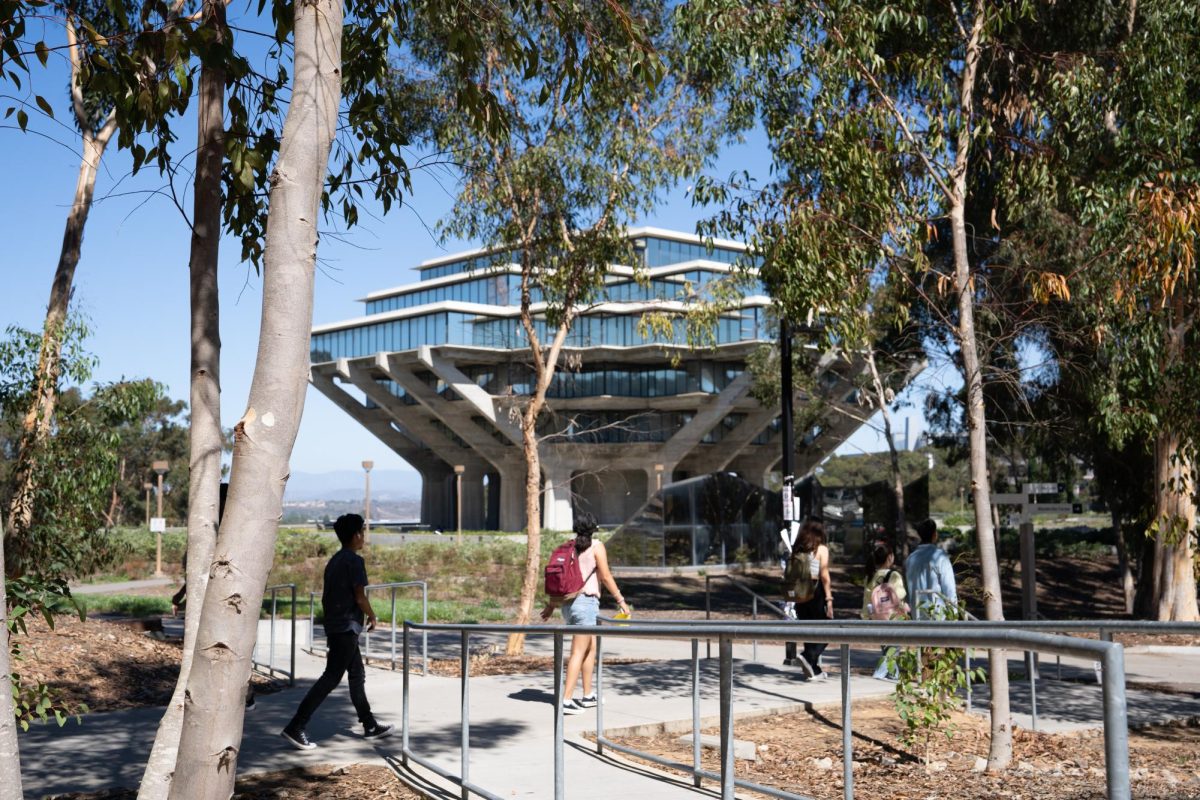WASHINGTON, D.C. — During his State of the Union address to a divided U.S. Congress last Tuesday, President Obama outlined steps to strengthen the middle class through education and immigration reform.
Obama’s 2013 budget plan established funding for federal programs in science, technology, engineering and mathematics — or STEM — education at $3 billion, which rose by 2.6 percent since last year. With it, the president set a government-wide goal to increase the number of STEM graduates by one-third, or one million, over the next decade.
According to the most recent UCSD student profile, more than half of the 22,600 undergraduates in fall of 2012 were majoring in STEM fields. By 2022, if Obama’s goal succeeds, UCSD would add over 3,800 more STEM students, about the current size of Thurgood Marshall College or undergraduates in the Division of Biological Sciences.
Obama justified his plan by announcing the demand of over 2.1 million STEM-related jobs over the same period. About 1.3 million alone are computer specialist related.
Also near the top of the list was Obama’s urge for Congress to reform the Higher Education Act, which determines how schools receive federal aid. It is scheduled for a reauthorization this year.
“Colleges must do their part to keep costs down,” Obama said. “It’s our job to make sure they do so.”
The proposed reform would account for affordability and value in determining which colleges receive certain types of federal funding, similar to his Race to the Top program with K-12 schools.
Last Wednesday, his administration released a “College Scorecard” on WhiteHouse.gov to make campus comparisons. It is a standardized report used to decide “where you can get the most bang for your educational buck,” he said during the speech.
Though there is not an actual score, per se, the scorecard reports details like net costs, graduation rates, default loan rates and median borrowing. It is expected to also report employment statistics, including graduate salary data, when available.
For example, according to the scorecard, UCSD’s graduation rate is higher than the national average, while the percentage of students who default on student loans is much lower than the average American campus.
Rep. Judy Chu (D-Pasadena), who has had a career in education, was hesitant to endorse the proposals in the president’s address, but reassured California college students during an interview at Statuary Hall in the Capitol following the speech.
“We will have to see how the college ratings will ultimately work out, but I’m hopeful that California will be one of the most competitive,” she said. “The University of California is a leader in education.”
To grow the middle class beyond education, Obama stated the economy is stronger when the best talent is harnessed. He applauded the bipartisan efforts of both chambers of Congress in drafting comprehensive immigration bills similar to his proposals. The bills would include a pathway to citizenship for highly-skilled workers or graduates in various fields of STEM as well as increase the number of visas for both categories.
Rep. Ami Bera (D-Sacramento) said the president’s proposals on immigration and education go hand in hand and can provide hope for future STEM graduates.
“Jobs are growing in these fields and California, as a center for high-skilled immigrants and technology, will only contribute to its innovation,” he said after Obama’s speech.
California Republicans could not be reached for comment at the time of inquiries.







